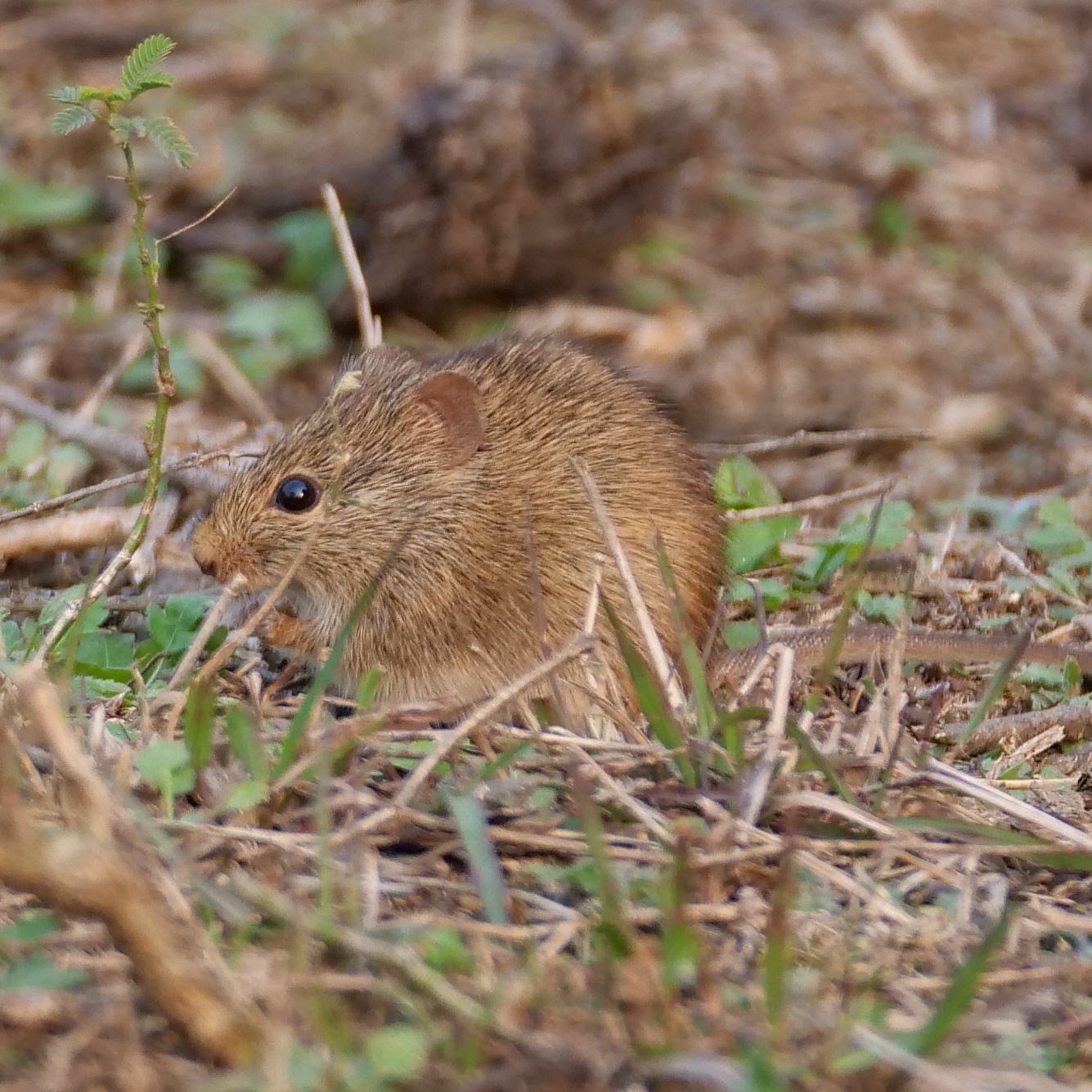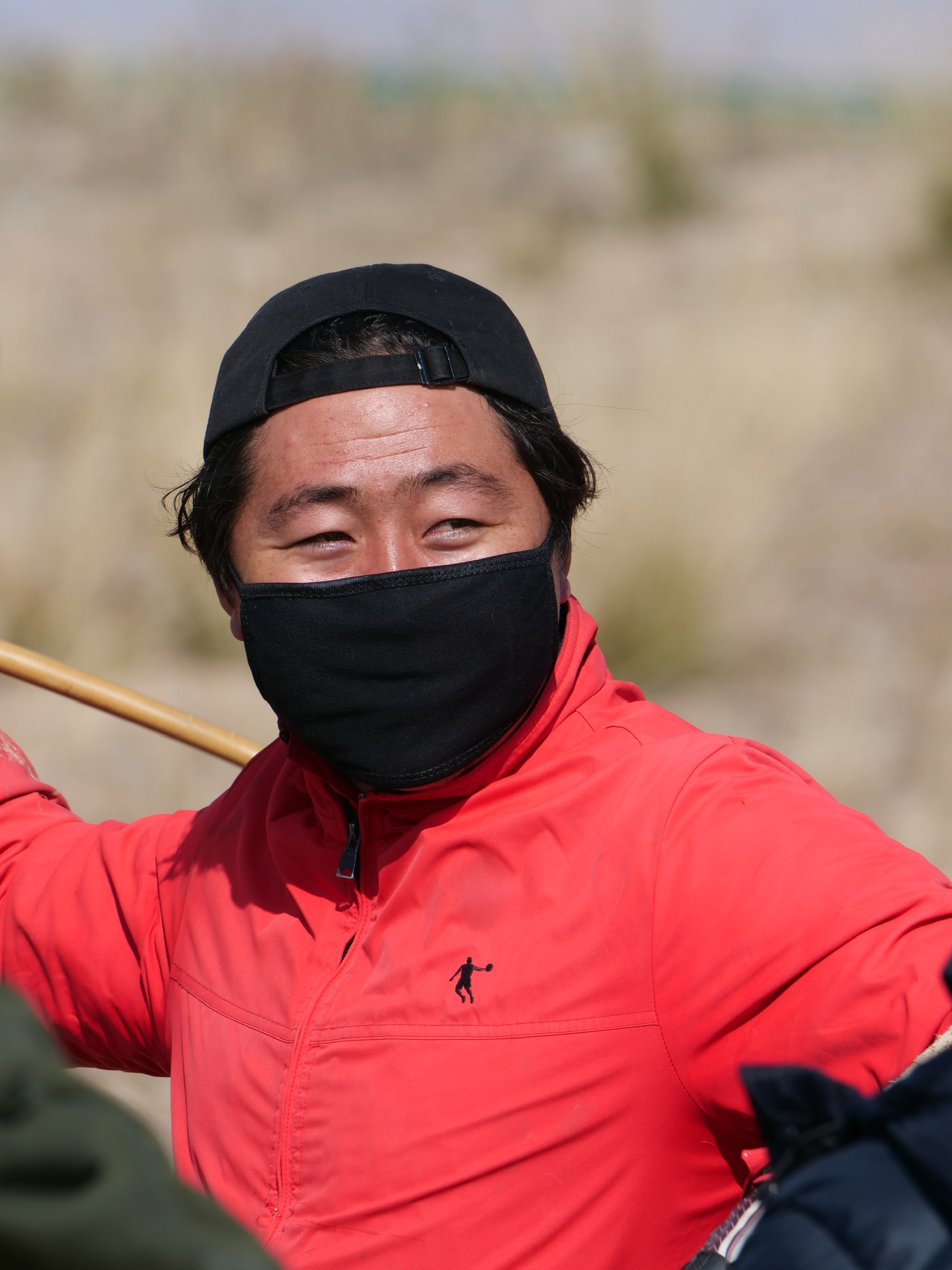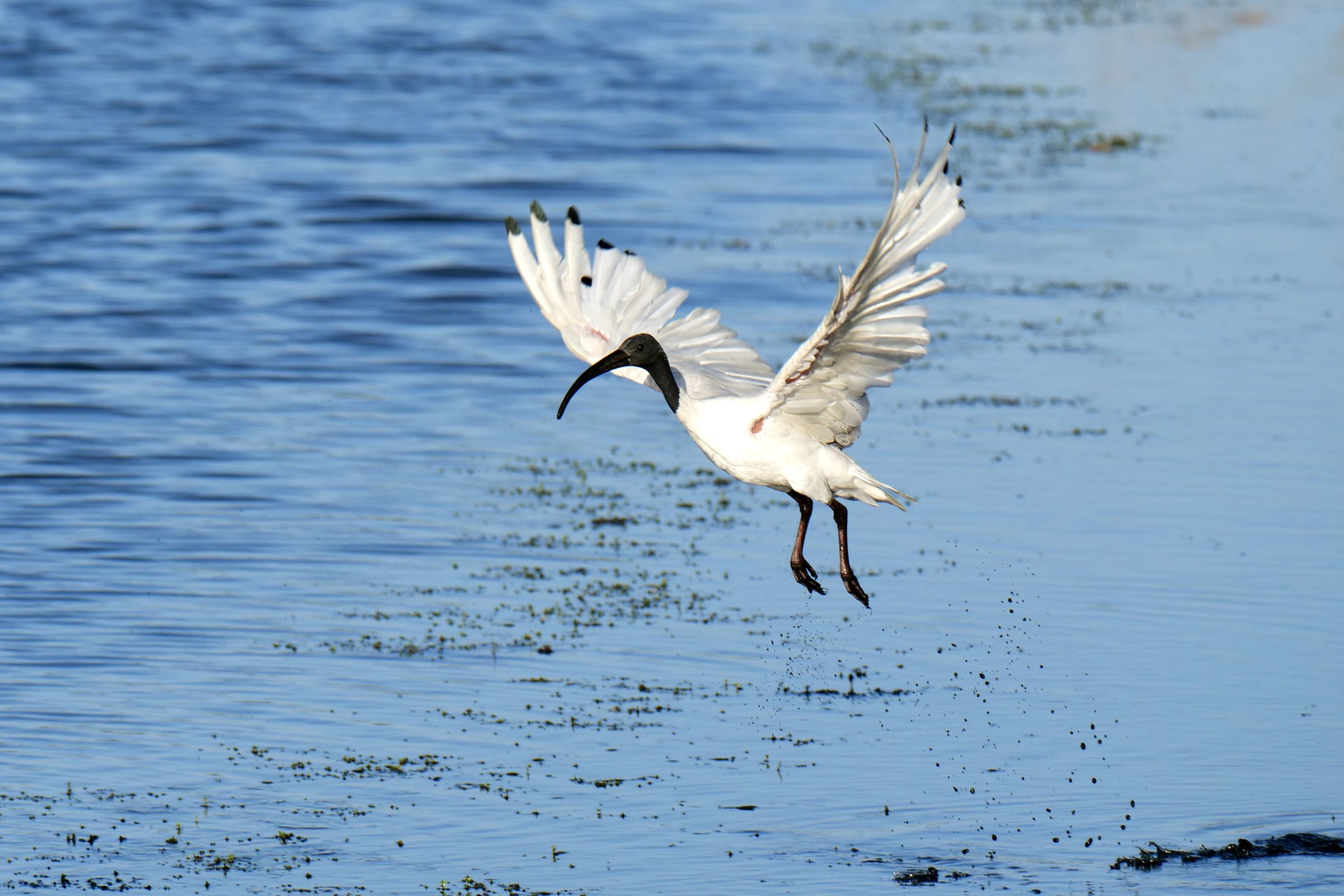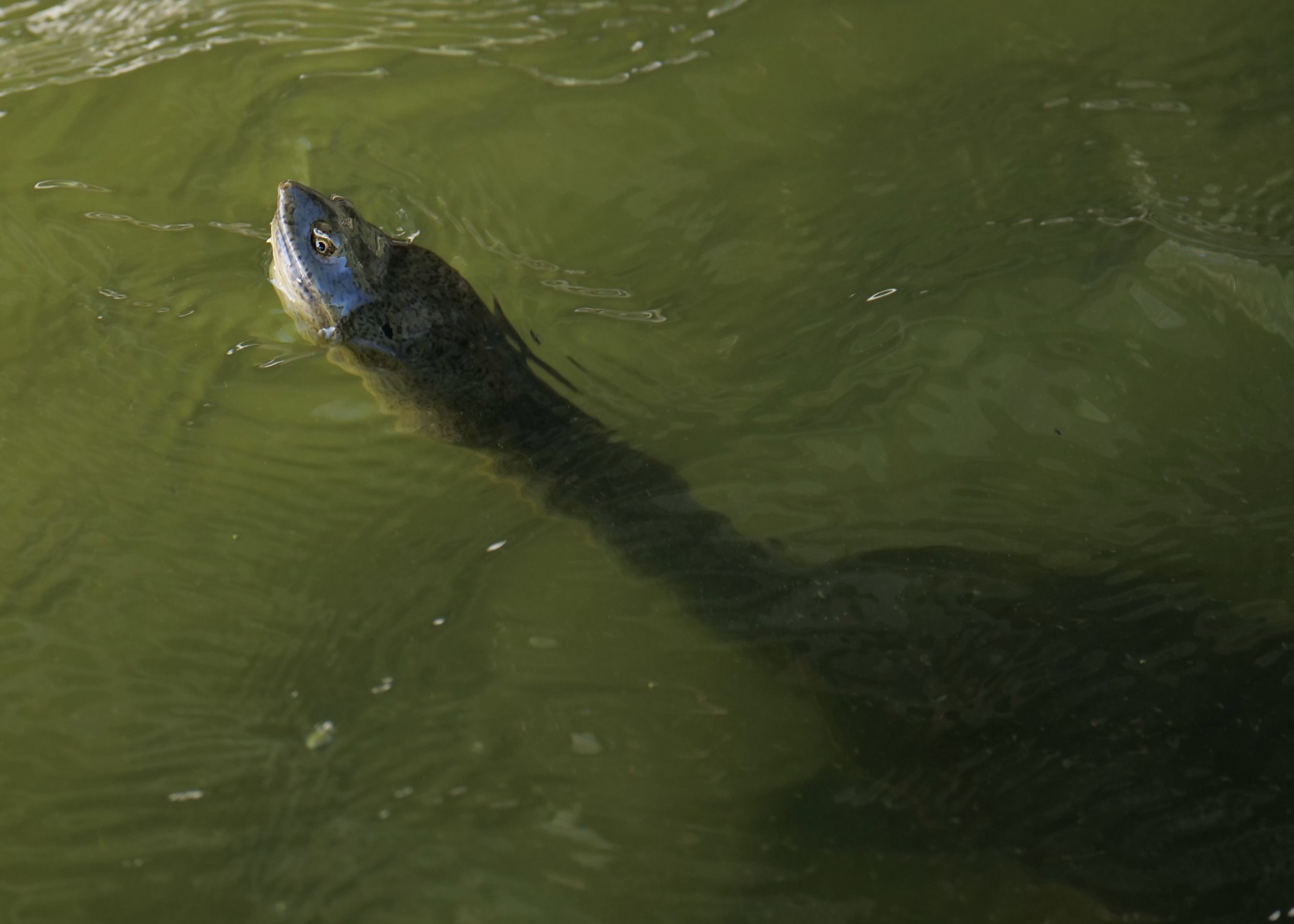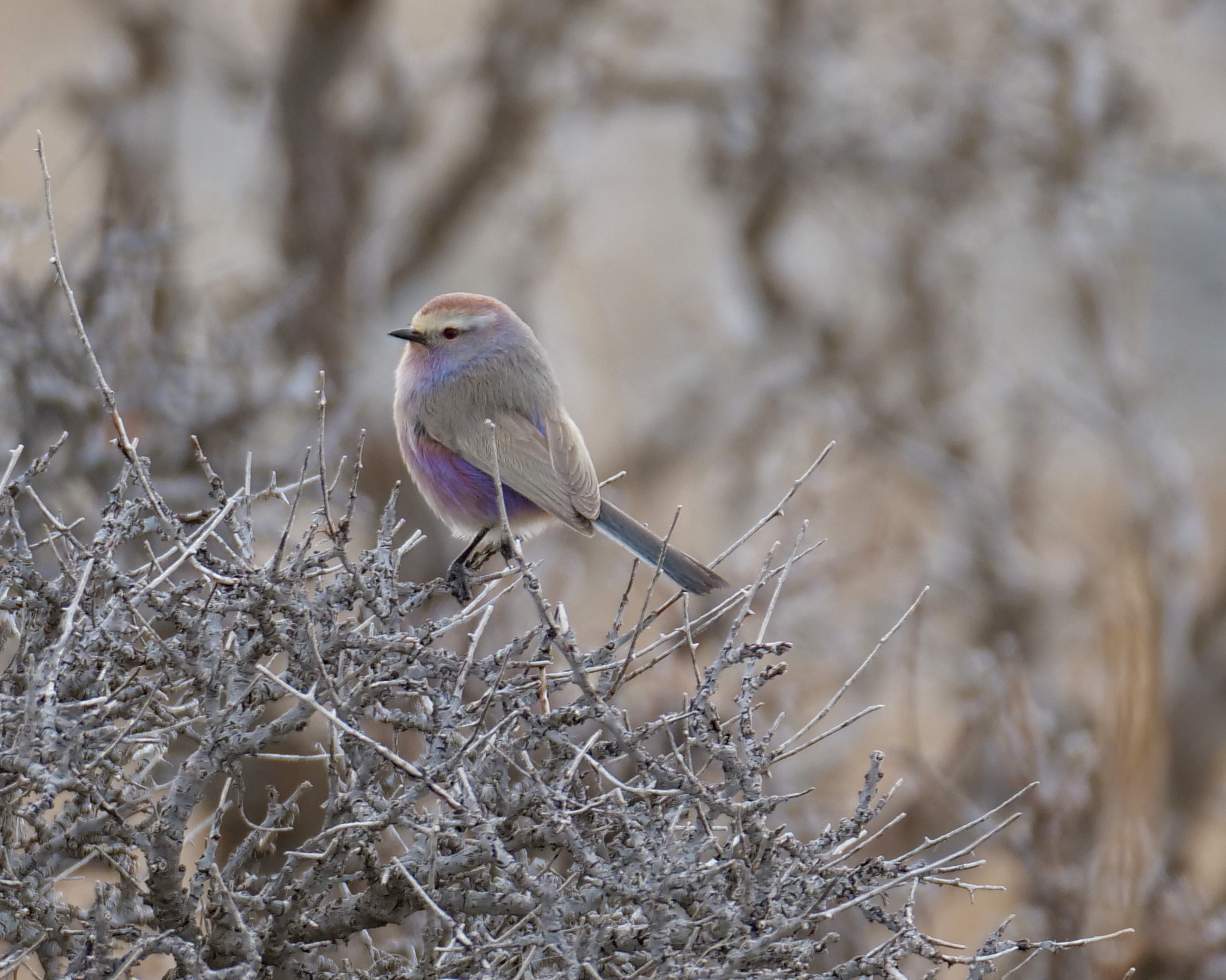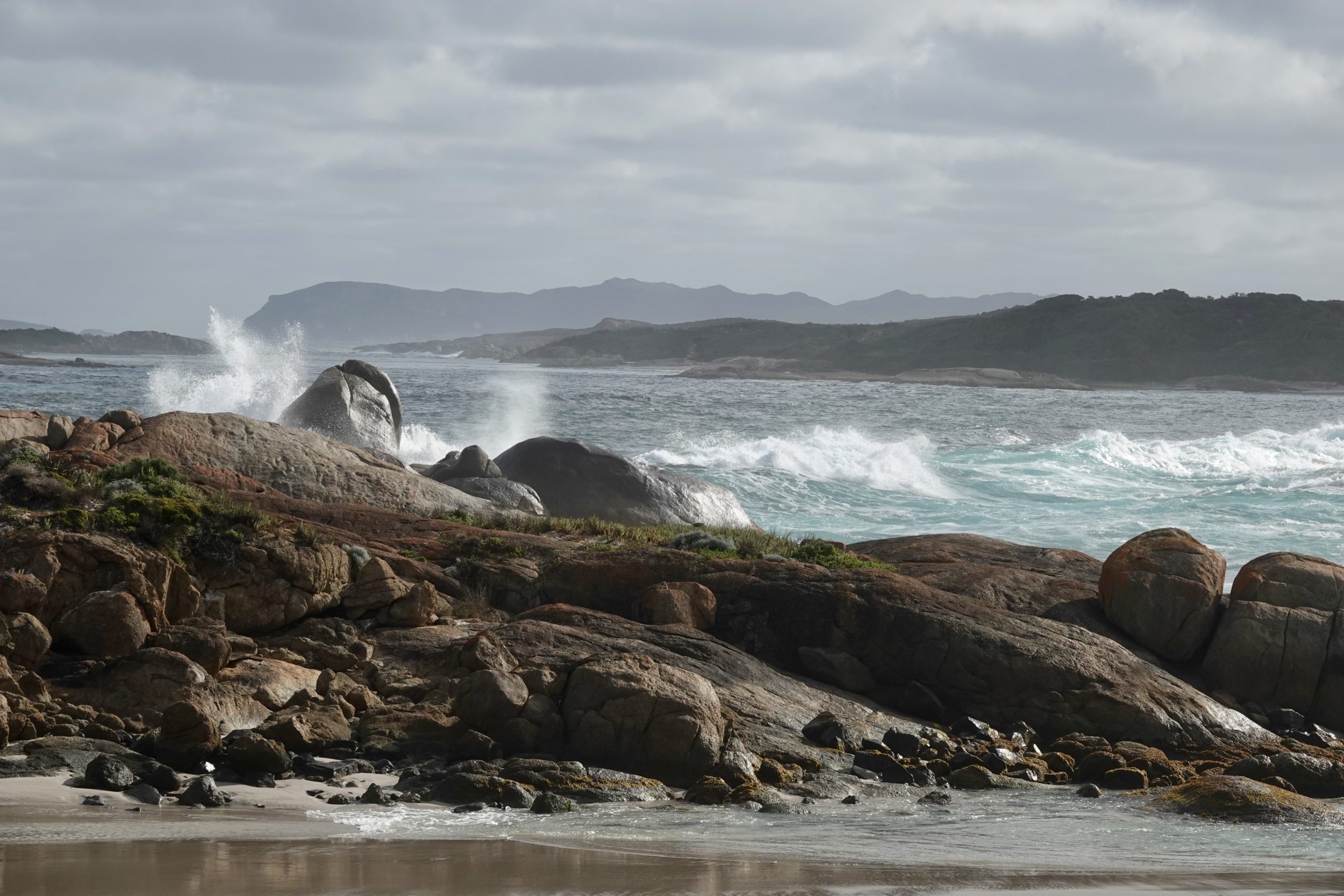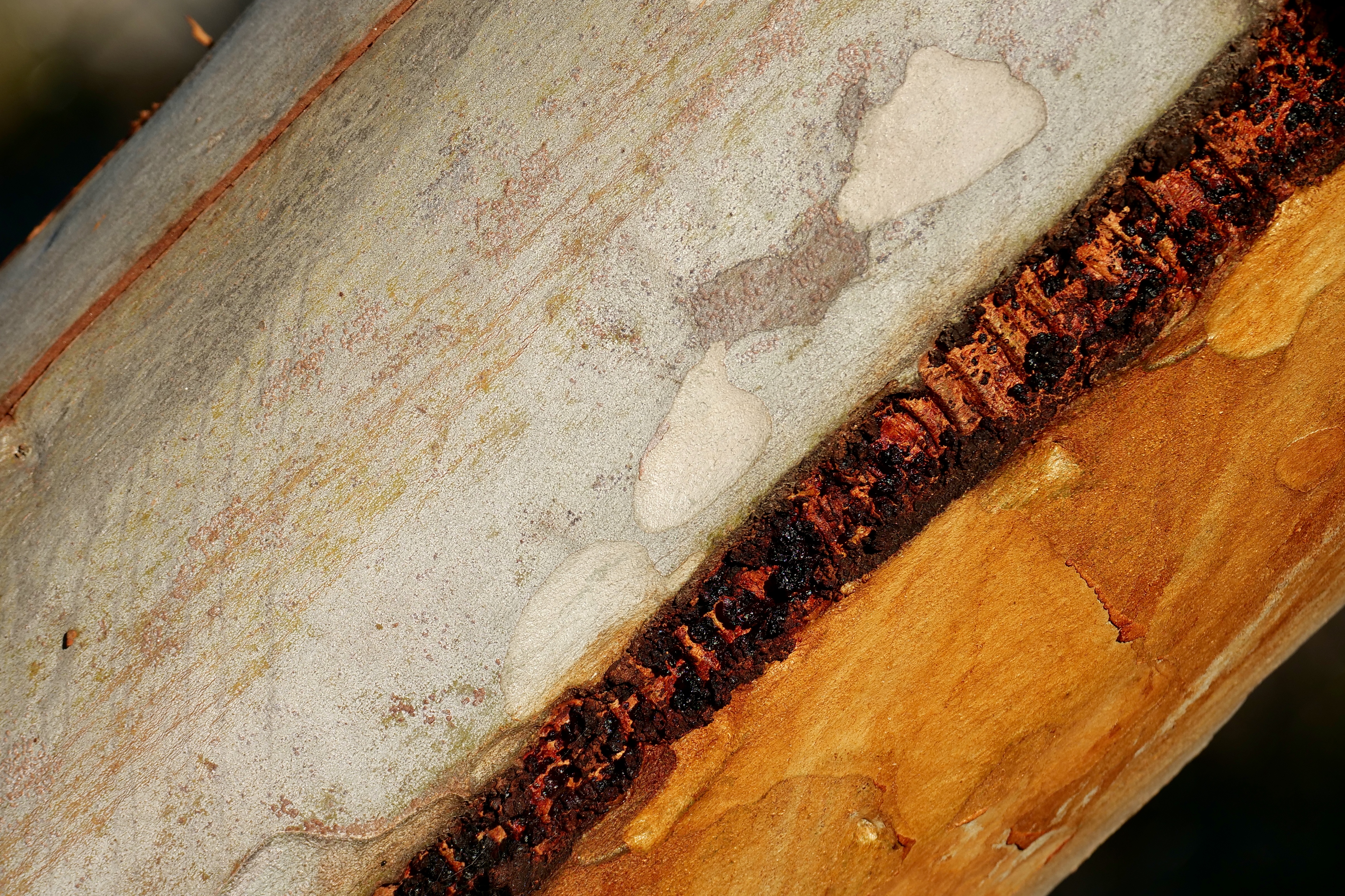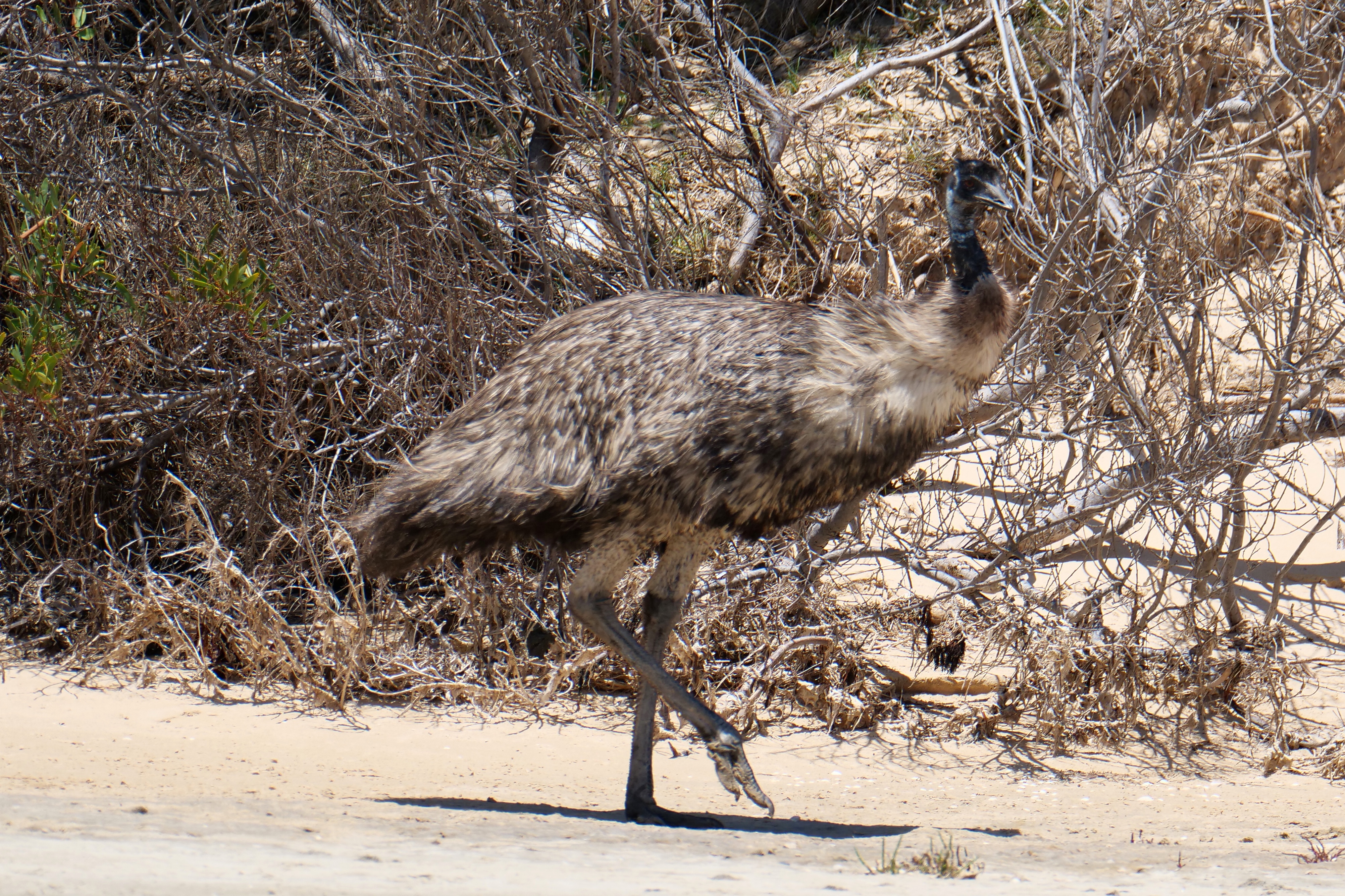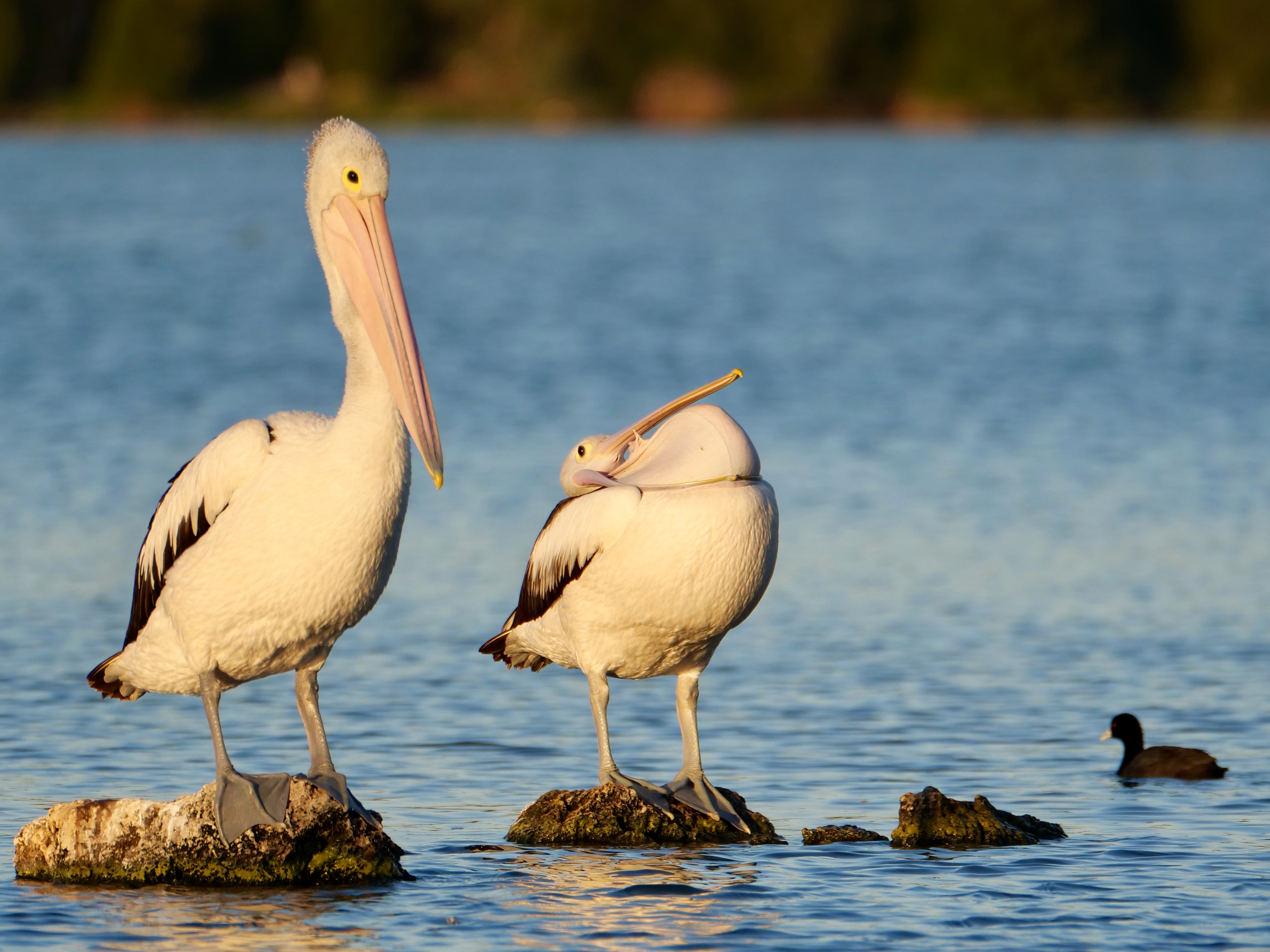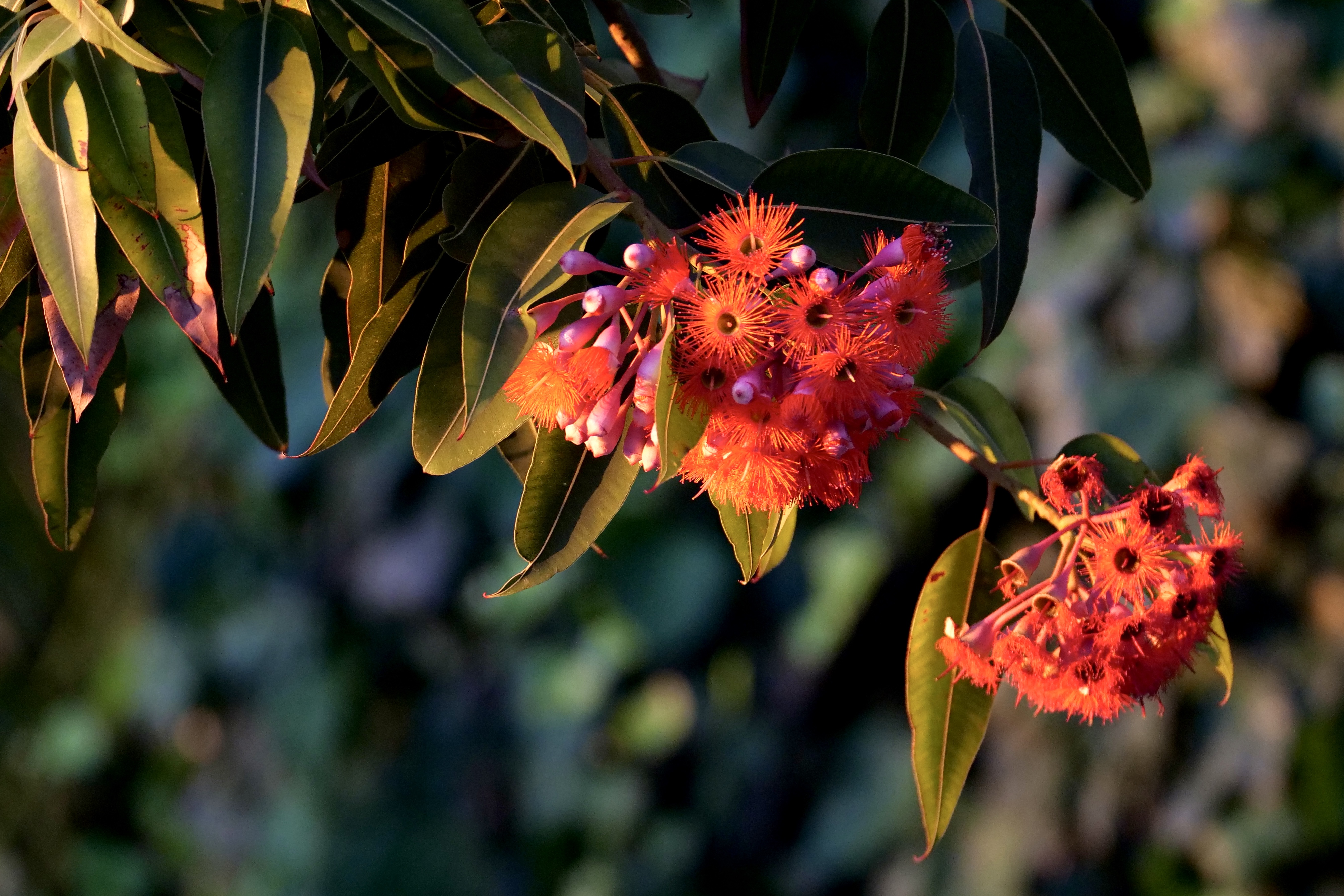The rodent pictured above – well-rounded, petite, and “out in the wild” – quite probably strikes you as “cute”, maybe even “adorable”.
But how about the longer-toothed, urban-invading ranks of Rattus norvegicus?
Allegedly, they are currently making themselves ever more “at home” inside our cities’ offices, shops and homes…
Comments closed